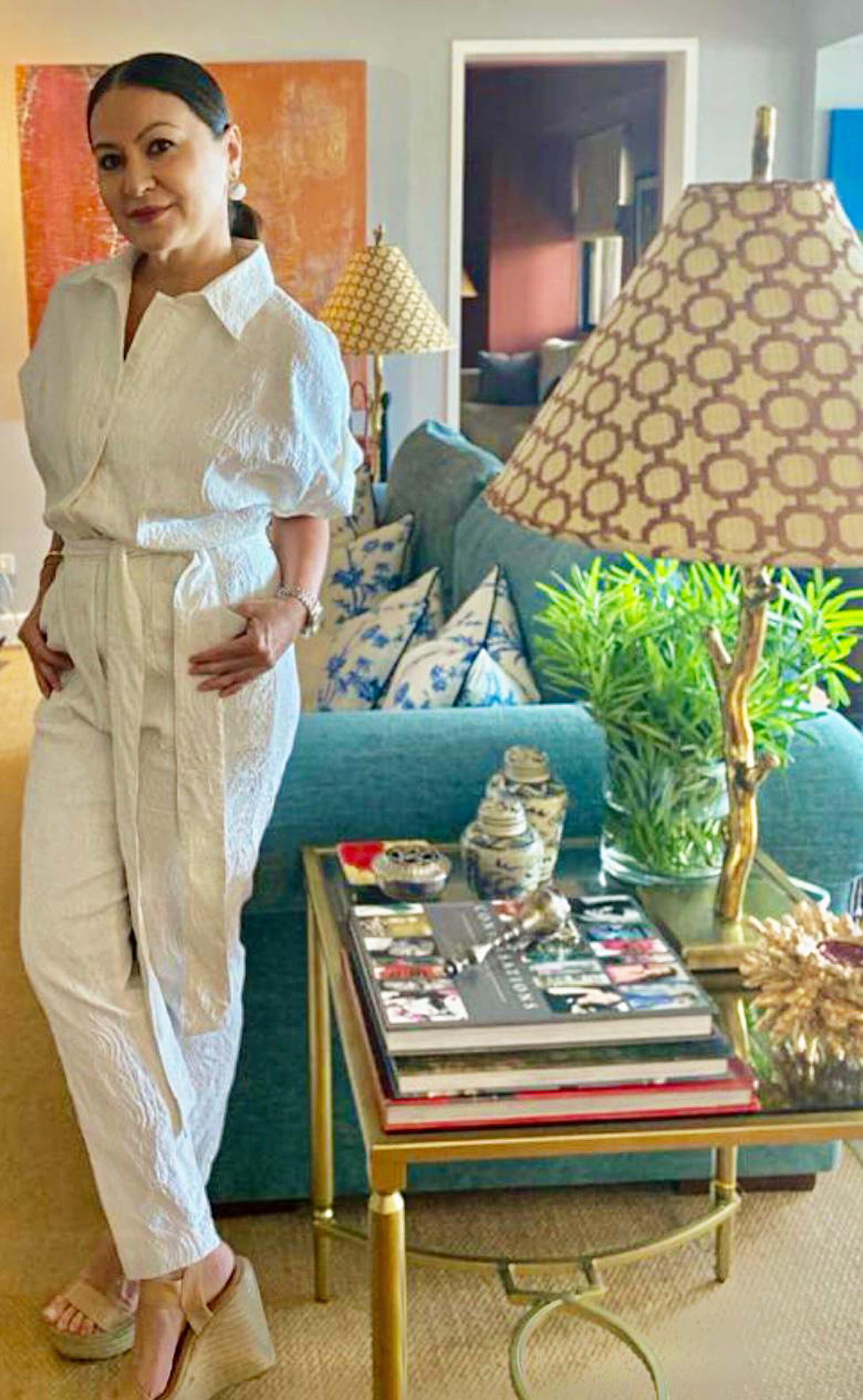Dress code: Pambahay
When World War III — better known as COVID-19 — came, we had to wear battle gear.
No, we didn’t go for military-look fatigues, as it was a different kind of war fought in the battlefield of hospitals and homes. So we wore the modern armor of PPE (Personal Protective Equipment) if we had to brave hospitals and public places.
Or we followed today’s dress code: pambahay, or house wear, sometimes known as a duster. In lockdown, if we wore something too glam, it would be a case of All Dressed Up and Nowhere to Go.
In the annals of fashion history, how will this era be described? The Depression years, from the 1920s to 1930s, was an era of escapism, as people wore frills and feathers, especially during the Roaring Twenties.
Today, it would be insensitive to put on your dancing shoes while people are languishing in hospitals or going jobless and hungry due to a disease for which there is no vaccine or cure as of yet.
The fashion industry is bleeding. Globally, well-loved fashion stores are closing, and high-end brands are slowing down or stopping production. Our local designers are feeling the pain as well.
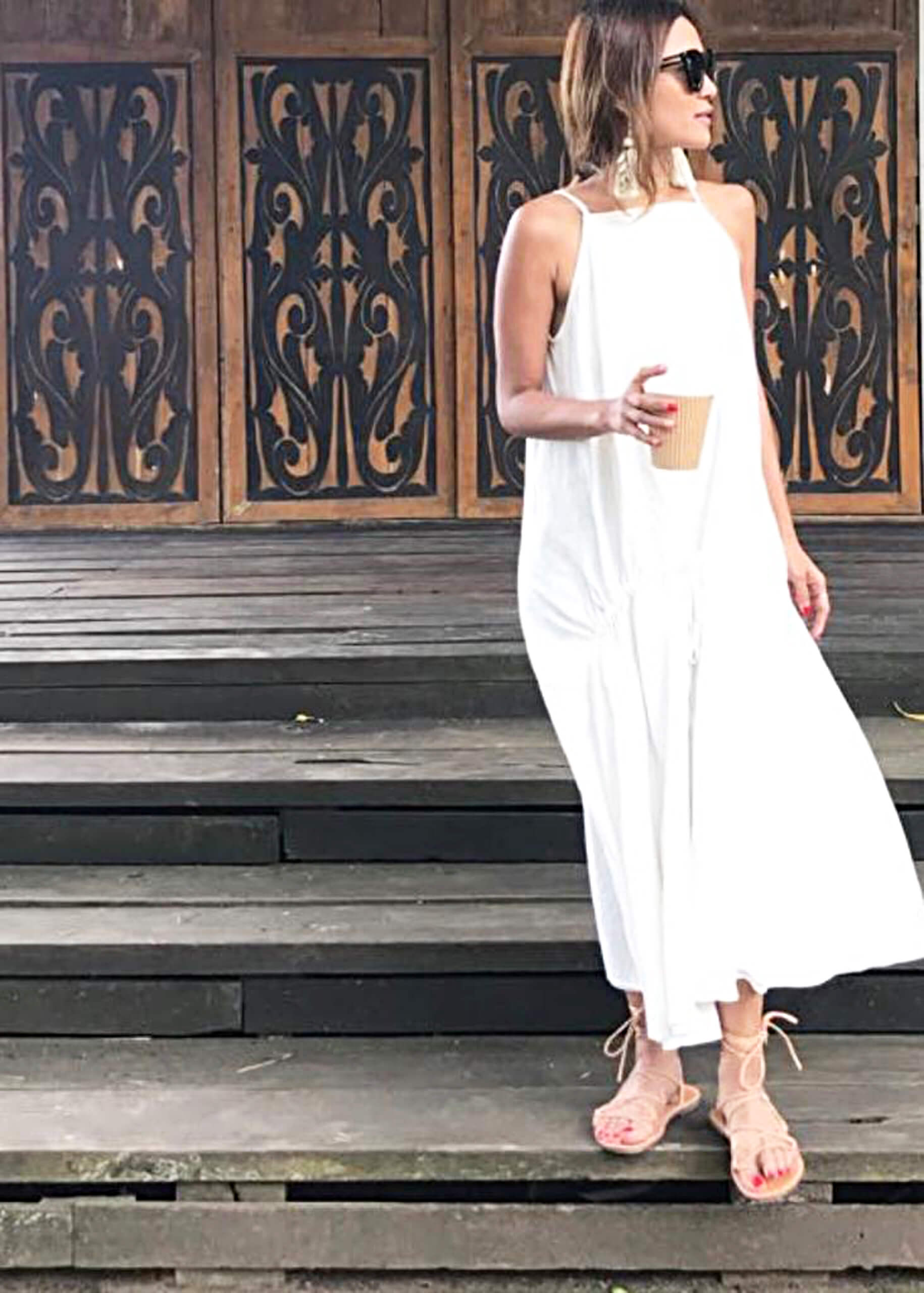
Rajo Laurel: Edit our wardrobe
“It’s extremely frustrating,” says Rajo Laurel, who does both RTW and couture fashion. “However, we all just have to adjust to the ’next normal.’ This period is one of great realization that as designers we have to provide what our clients need.”
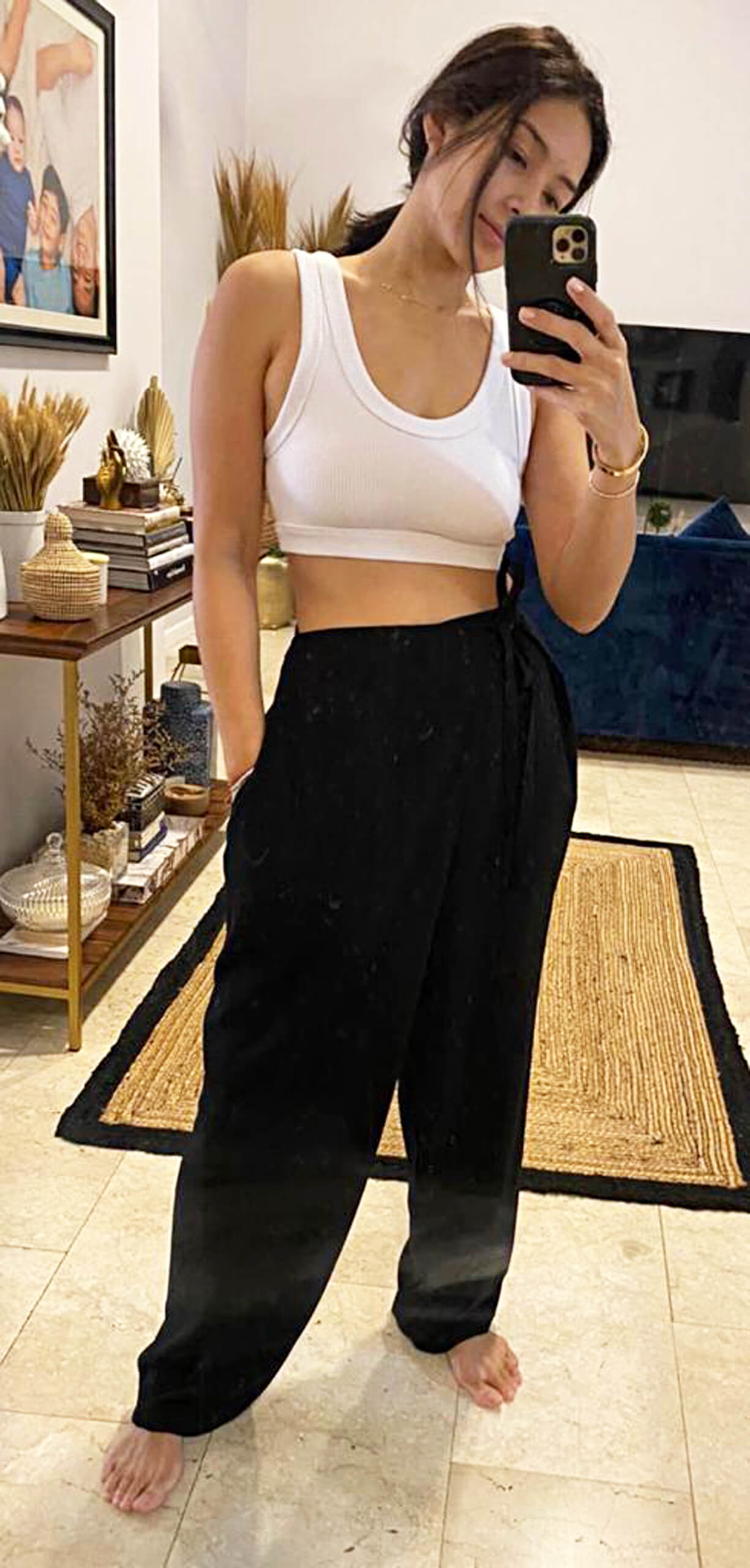
And, as of now, what people need are just comfortable clothes for the home. Women of style, however, wear pretty but simple versions of the duster because these are what make them feel good.
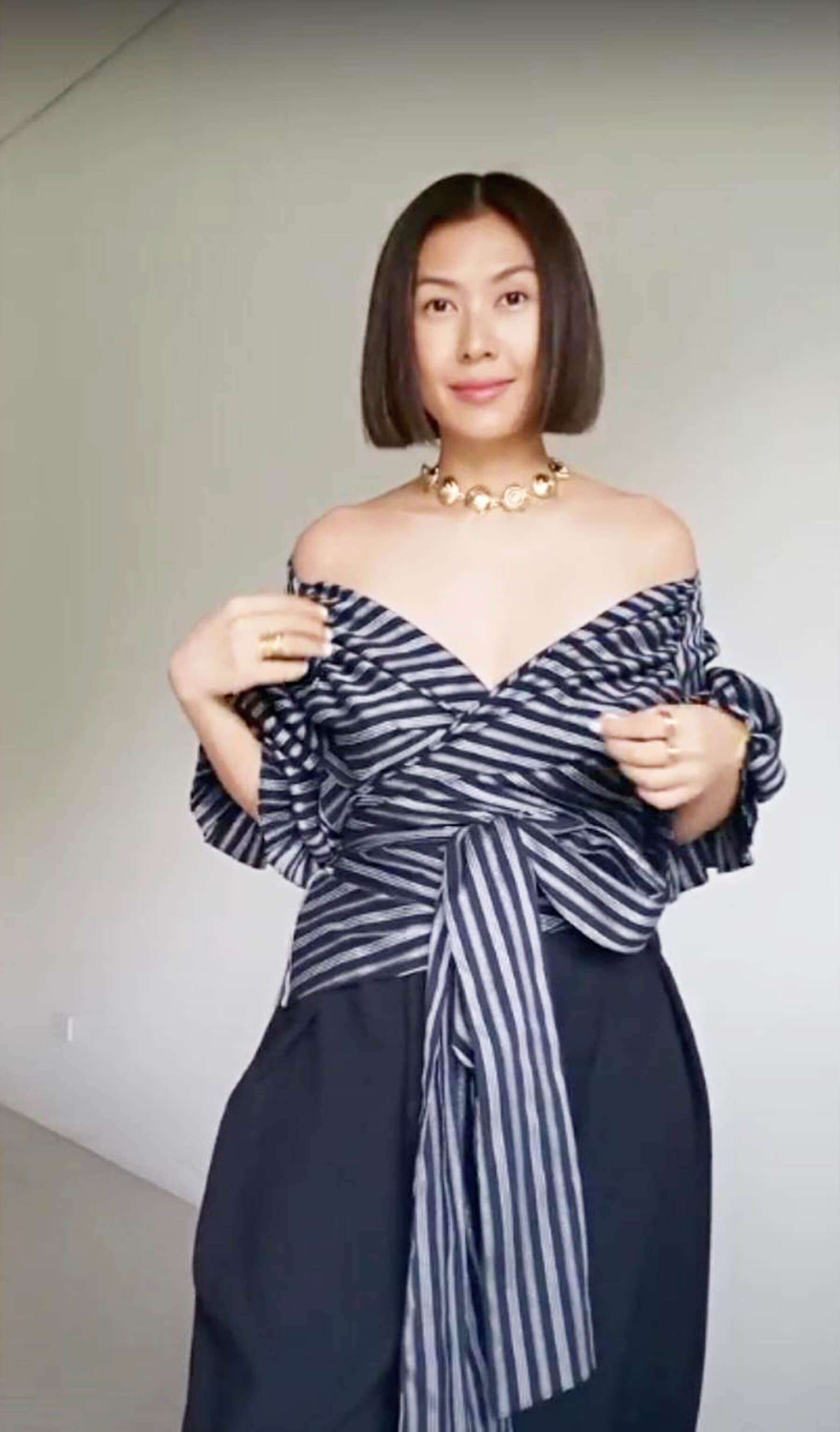
The feel-good factor explains why even during economic downturns, Leonard Lauder observes that women will still wear one important accessory: the lipstick. May we add that mascara and eyeliner will also prevail, since the eyes will remain uncovered by facemasks.
Laurel says: “It’s also time to edit our wardrobe and keep only what means the most to us. No more orders for party wear, but weddings now are more simplified and scaled down. No more entourage to dress up — just the bride and mothers of the bride and groom. My optimistic brides are still going forward for October. Weddings now will no longer be for show — just something intimate and authentic.”
Laurel’s advice: “I recommend that we use this time to really assess what resonates truthfully in our lives.”
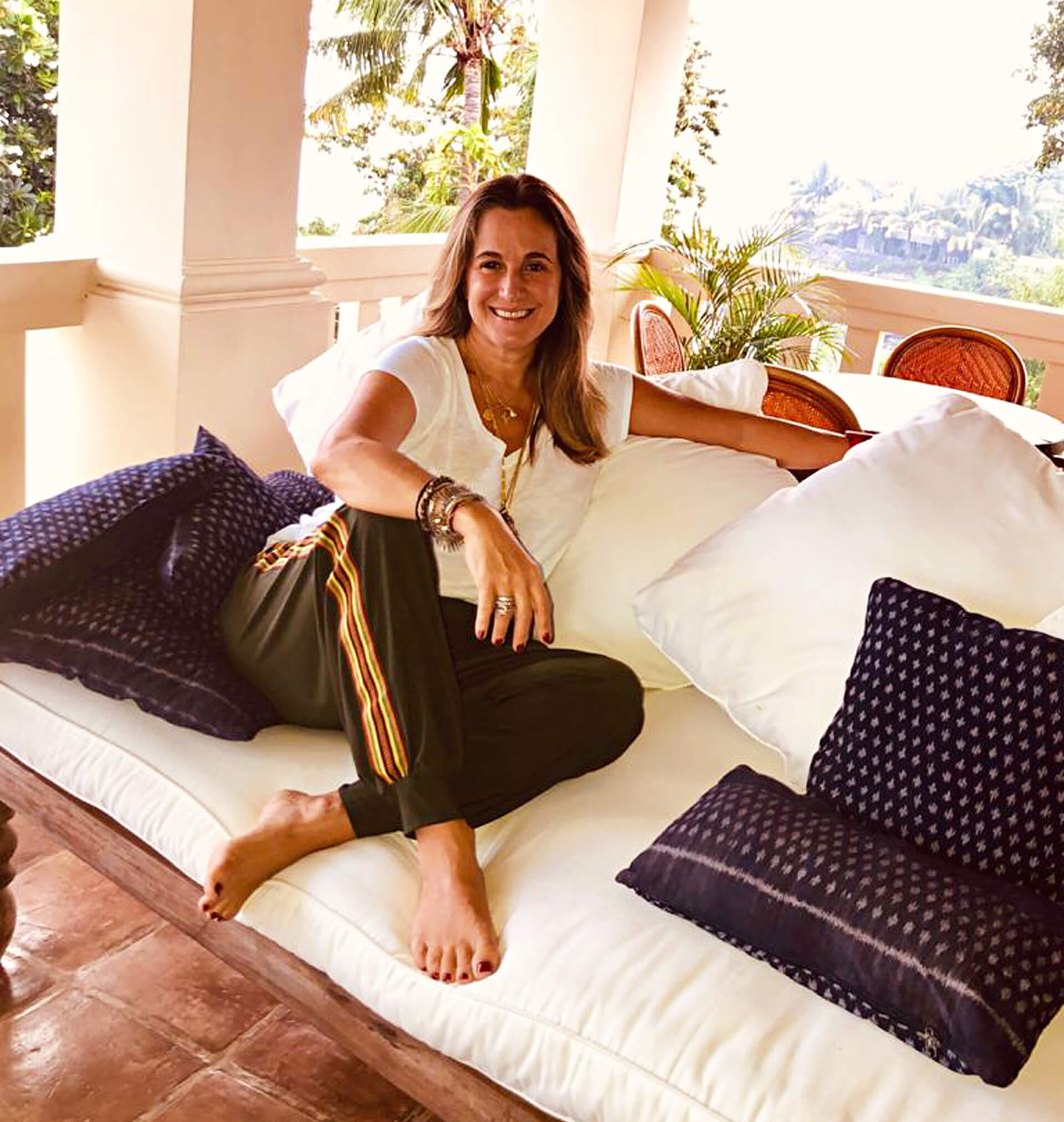
Techie Hagedorn: Buy local
“Today’s fashion has adapted to the current needs of people. Designers are more conscious of what’s relevant to the times, and buying local is so important right now,” says Techie Hagedorn, who started 11 years ago as an exponent of lounge and resort wear. She now also does day-to-night wear and accessories.
“We all feel frustrated with the pandemic and everything else that’s been happening locally and globally,” says Hagedorn. “Staying home has provided a sense of comfort for all of us, and we’ve all had to quickly adapt to the changes around us.

“How long this will go on is uncertain but as we have seen, Filipinos are quick to adapt, are resilient, and find joy even in the midst of a crisis,” adds Hagedorn.
Staying home is still our best protection during this pandemic. It is the best place to win this war.
